Although rat tail cactus are hardy plants they also have some problems. That’s why I thought to discuss rat tail cactus problems in this article.
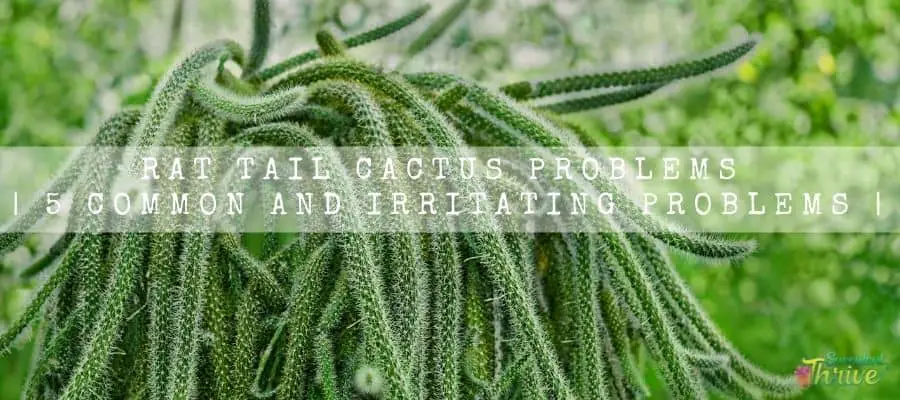
What are rat tail cactus problems?
Rat tail cactus are generally resistant to pests’ attacks and diseases. However they could come across spider mite invasions and scale attacks on many occasions.
They could be so annoying because they have the ability to puncture the cactus and suck the juice in it.
So, in this article we will find out how we can attend to the scales and the spider mites attacks and what are the treatments we could use to get rid of them.
To briefly tell you, the simplest thing you could do is to apply an insecticidal soap or neem oil once every two days.
Let’s find out in detail as we proceed with this article. In addition to that, many people use a blend of pyrethrum and soapy water to overcome these problems as well.
In addition to the aforesaid irritating creatures, snails also attack rat tail cactus. They would attack the rat tail cactus chunks.
3 Common Pests
Spider mites
First and foremost, if we take spider mites into consideration, they are small, and you could hardly spot them to your naked eye. However, you could identify them by looking at their webbed nets.
Red spider mites are common among rat tail cactus and you could spot them in red. They are quite invasive as they could live in the soil for prolonged periods.
You may see how your rat tail cactus would turn dry and brown when there is a spider mite attack present in the cactus. Because they would absorb the juice from the stem of the rat tail cactus.
Spider mites usually would start invading the plant from the top as they are quite fond of the fresh plant parts. It would look like the corking of the cactus.
I would recommend using a magnifying glass to observe the plant so that you could see if there are any spider mites present.
To treat a spider mite attack, first and foremost you need to isolate the affected rat tail cactus and observe whether they have spread to other plants.
When you are treating the spider mite attack, you need to check on the season and on the infection level first.
You could simply use a pesticide or even an arachnicide as that would be fatal for the spider mites on the cactus.
To elaborate more, avoid using insecticides and instead use pesticide simply because spider mites are bugs and they are not any insects.
Further when you treat them, make sure that you protect the plant from scorching sun unless there could be sunburns.
If you are using them during summer, you could keep treating them for a longer period. You could use a pesticide only if the attack is on a severe level.
If the attack is on a minor level, you may simply wash them away using running water.
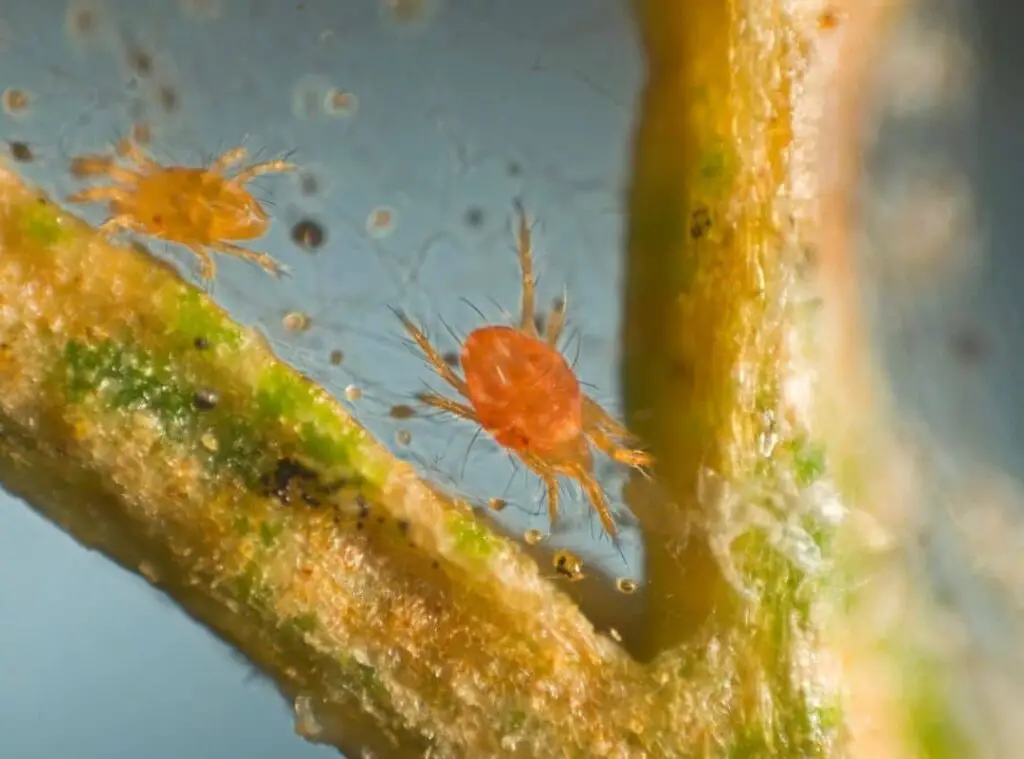
Scale
Scale are yet another insect which could create problems for rat tail cactus. Scales are larger than spider mites , hence you could easily identify them. Scales are dome shaped organisms.
They usually attack the rat tail cactus whilst staying enclosed to the surface of the cactus.
To get rid of them, you could use an insecticidal soap or even neem oil. You may apply them once every two days. Keep doing this for about a couple of weeks.
Apart from that I have seen people using a mixture of pyrethrum and soapy water to overcome the scale attack. It is known as an effective way.
In addition to aforesaid, you could scrape them using blunt objects. Moreover you may even wipe them off using a cotton swab dipped in alcohol.
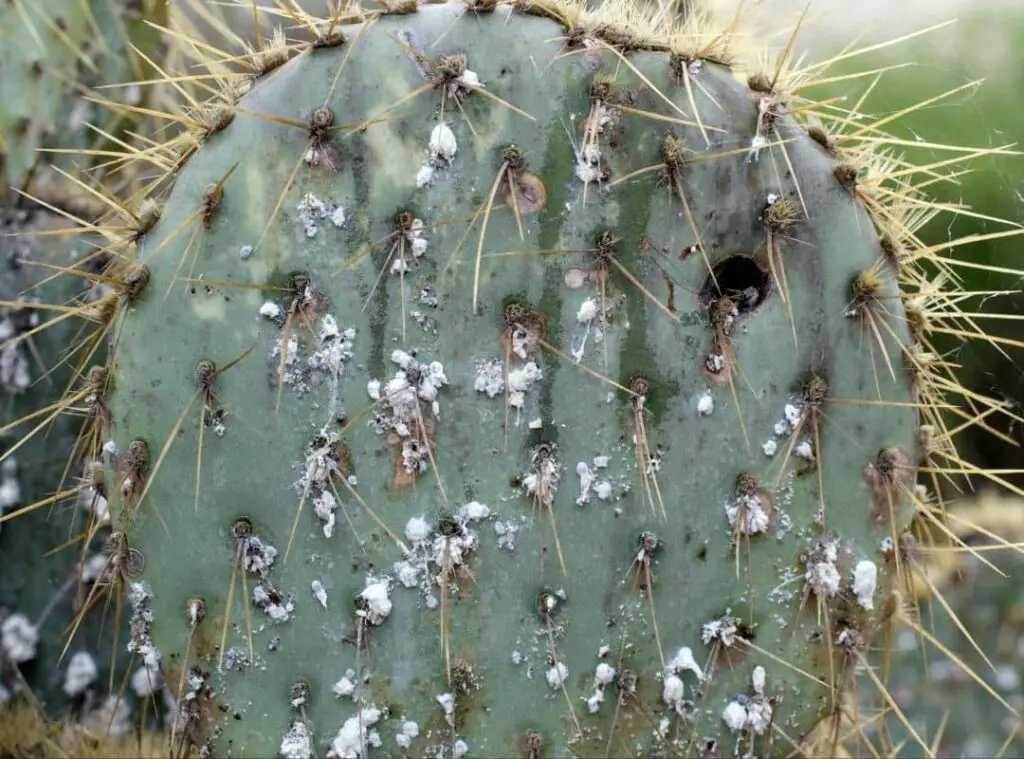
Snails
As we mentioned earlier in the article, snails are another kind of creature who could harm the rat tail cactus. They usually harm outdoor cacti.
They could be so irritating since they would directly attack the chunks of your rat tail cactus and consume the parts of it.
They would easily do it even if these cacti have spines which could harm certain animals.
What is more concerning is that, once your rat tail cactus is invaded by the snails, they would leave permanent marks on them.
When you are using a repellent to treat the snail bites , make sure that you use a product which comprises iron phosphate.
Unless, if you use a snail repellent which consists of a metal Hyde toxin, it could be harmful for animals’ species such as dogs, squirrels, and for birds.
When you use a repellent, which consists of iron phosphate it would make the snails dehydrated and would force them to move away.
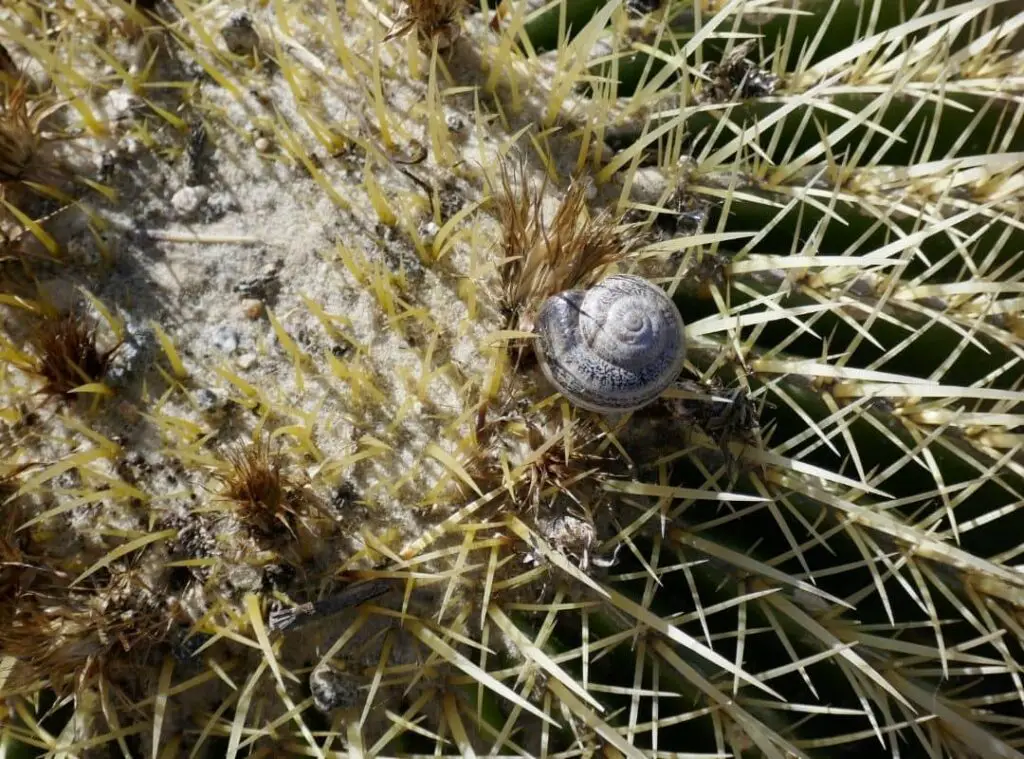
How to prevent pest problems in rat tail cactus
As aforesaid, rat tail cactus is resistant to pest attacks and to diseases. Having said that, they could also come across pests’ attacks when you do not take care of them properly .
As such you need to make sure that you are providing its basic growing requirements and taking care of them well so that you could prevent the pests’ attacks in rat tail cactus.
Over watering, not feeding them properly or even growing them in the wrong soil mix would help the pests in invading these cacti.
Those conditions would make the plant unhealthy and make them more prone towards pest attacks, infections.
Obviously, a healthy rat tail cactus would stay more resistant towards pests than the unhealthy rat tail cactus. As such to prevent pests’ attacks, you need to make sure that you are keeping the plant in a healthy way.
Follow the below steps to keep your cactus healthy.
- Provide them a well-draining and gritty soil mix. Best is to use a cactus or succulent soil mix which is specifically designed for them.
- Water them thoroughly as essential. Ideally during their growing season, you need to water them moderately which helps to keep the soil moist.
- However do not keep it in soggy conditions though. During winter you could skip watering them and keep them dry. You could rather slightly mist them.
- Always keep in mind that under watering would create less problems than you over water them. Particularly in winter, do not over water them since it could be lethal for the cactus.
- Moreover, ensure that you have well-draining soil especially in summer. During summer, insects and the rest of the pests would be more active.
- Apply a liquid fertilizer twice a month during their actively growing season.
- Furthermore, make sure that your rat tail cactus gets enough sunlight also.
- Grow them in a proper pot which is not too large.
2 common Diseases
Root rot
Rat tail cactus are vulnerable to root rot. Root rot could take place mainly due to over watering.
If you spot the lower part of your rat tail cactus as soft and mushy to the touch , it could be due to plant rotting.
Unfortunately, when root rot is present in your rat tail cactus it is very unlikely that you could save it. In fact, you could easily treat the upper part tissues of the plant but not for root rots.
When root rot has occurred in your cactus, there is only a little you could do to save it. In fact best would be to repot the plant.
First remove the rotten soil and replace it with a fresh potting medium. Wash the root properly and plant them in the new soil mix.
Nutrient deficiency
Applying fertilizers for rat tail cactus is important when taking care of them. So, when you feed them, always make sure that you are using a half strength diluted liquid fertilizer.
You could feed them once every couple of weeks particularly during their growing season.
In addition to that you may consider repotting the cactus. if you leave them in the soil medium for so long, chances are that the nutrients would deplete.
Hence, if you repot them in a fresh soil mix, it would allow them to gain nutrients adequately and fresh.
How to prevent diseases in rat tail
As aforesaid, make sure that you provide the proper care treatment for them in terms of watering them, providing the right soil mix, and the right lighting conditions.
When you adhere to these guidelines, it would help you to prevent diseases in rat tail cactus.
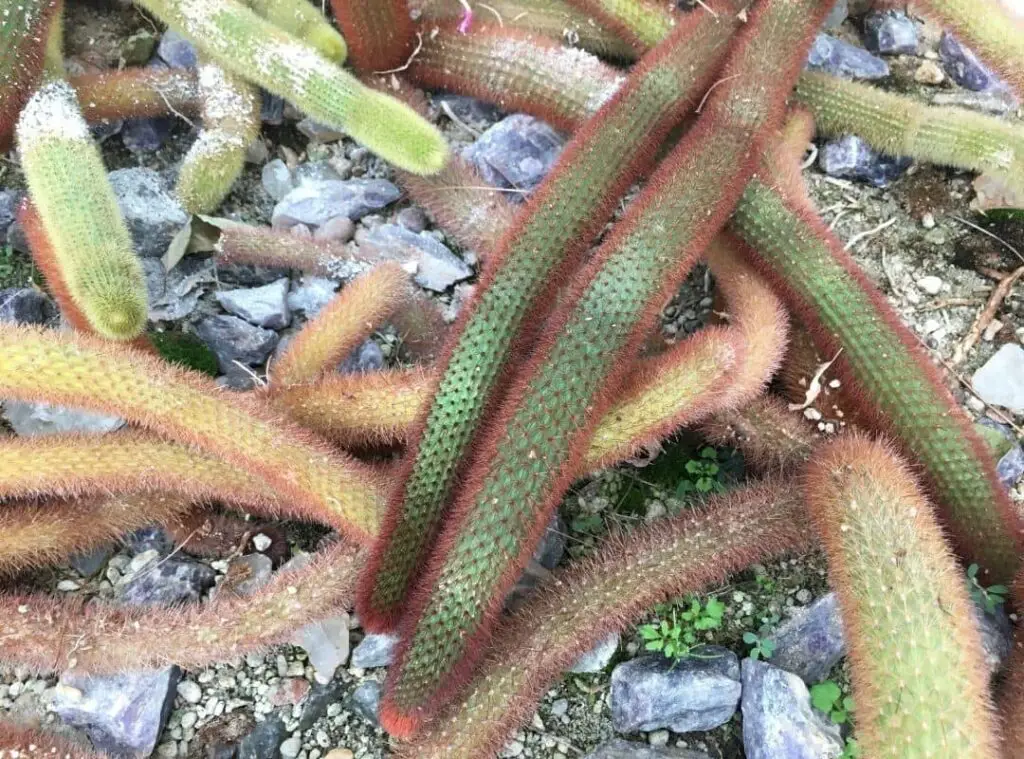
What should you check before you buy?
Any signs of pests
When you are going to purchase a rat tail cactus, always check whether it has any damages on the plant or whether they look shriveled.
Observe their stem well and check whether you could spot any discolored part of the plant too.
Any signs of diseases
Best is to check whether the root system of the rat tail cactus is healthy, and whether there are any signs of root rots.
You need to identify this well in advance, unless all your efforts will go in vain when growing them. Furthermore, check whether there are any sunburns as well.
Soil condition
Observe whether your rat tail cactus is in the right soil mix as well. ideally it must be a well draining one. Best is to have a soil mix which is specifically designed for cactus and for succulents.
Conclusion
So here we are at the end of the article, and I hope this was beneficial for you and you were able to enhance your knowledge on the problems of the rat tail cactus.
To sum up, you need to simply make sure that you provide the rat tail cactus with its basic growing conditions.
If you provide them, they will reward you with aesthetically beautiful plants in return.
Read Next : Rat Tail Cactus Flowers | 11 Beautiful Flower Facts |
